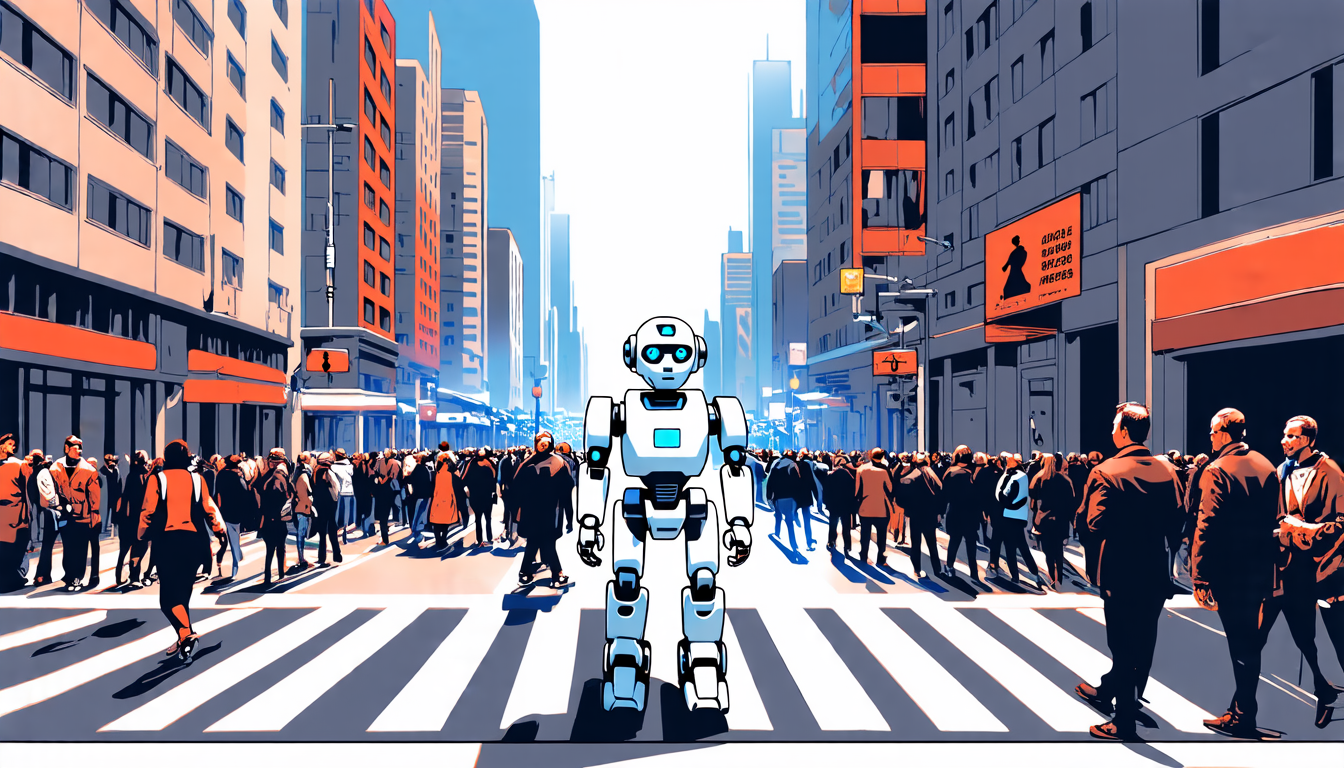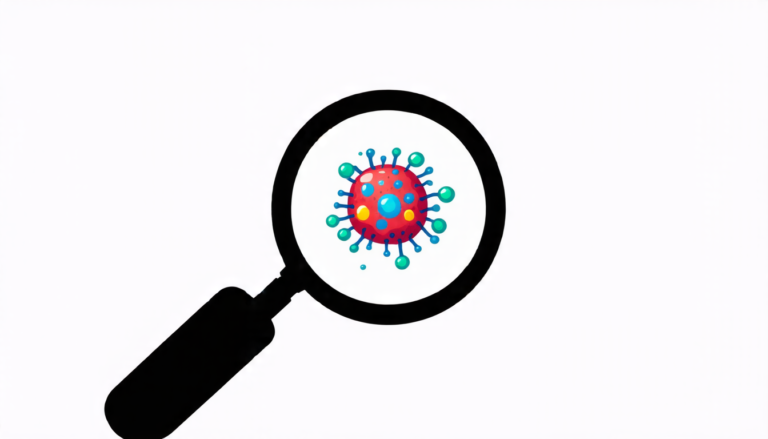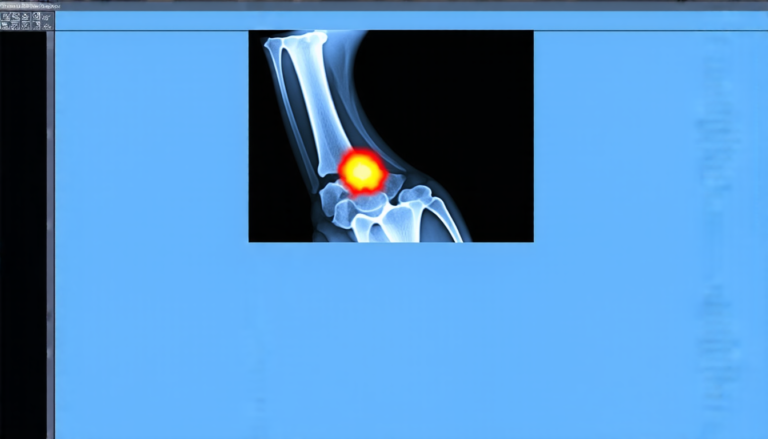Wednesday 23 July 2025
As we navigate through crowded streets, bustling markets, and winding roads, our ability to read social cues and understand human behavior is crucial for avoiding conflicts and finding our way. Robots designed for navigation have traditionally relied on pre-programmed rules and simple sensors to avoid collisions and reach their destinations. However, these systems often struggle to adapt to dynamic environments and unpredictable human behavior.
A new approach has been developed that combines the power of artificial intelligence with a deep understanding of social cues and human intentions. This innovative system, called NARRATE2NAV, uses a novel self-supervised learning framework to embed implicit natural language reasoning within a visual encoder. By training on a combination of RGB inputs, motion commands, and textual signals of scene context, the model is able to bridge the gap between robot observations and low-level motion commands for short-horizon point-goal navigation.
The result is a more human-like navigation system that can better understand and respond to social cues, such as avoiding collisions with pedestrians or recognizing and respecting personal space. In a series of experiments, NARRATE2NAV outperformed other state-of-the-art models in both offline unseen datasets and real-world environments, demonstrating its ability to generalize effectively in a wide range of situations.
One key advantage of NARRATE2NAV is its ability to learn from raw data without requiring extensive human annotation. This means that the system can be easily adapted to new scenarios and environments, simply by updating the training dataset with relevant information. Additionally, the model’s attention mechanism allows it to focus on critical navigation elements, such as obstacles or landmarks, while ignoring irrelevant details.
The potential applications of NARRATE2NAV are vast and varied. In robotics, this technology could be used to develop more sophisticated autonomous vehicles that can navigate complex urban environments with ease. In healthcare, robots equipped with NARRATE2NAV could assist in tasks such as patient transportation or environmental monitoring, while minimizing the risk of collisions or disruptions.
While there is still much work to be done before these systems become a reality, the development of NARRATE2NAV marks an important step forward in the quest for more human-like and adaptable artificial intelligence. By combining the strengths of computer vision, natural language processing, and social cognition, this technology has the potential to revolutionize the way we interact with machines and our surroundings.
Cite this article: “Human-Like Navigation: A New Approach for Robots Using Artificial Intelligence”, The Science Archive, 2025.
Artificial Intelligence, Navigation, Social Cues, Human Behavior, Robotics, Autonomous Vehicles, Computer Vision, Natural Language Processing, Self-Supervised Learning, Attention Mechanism







